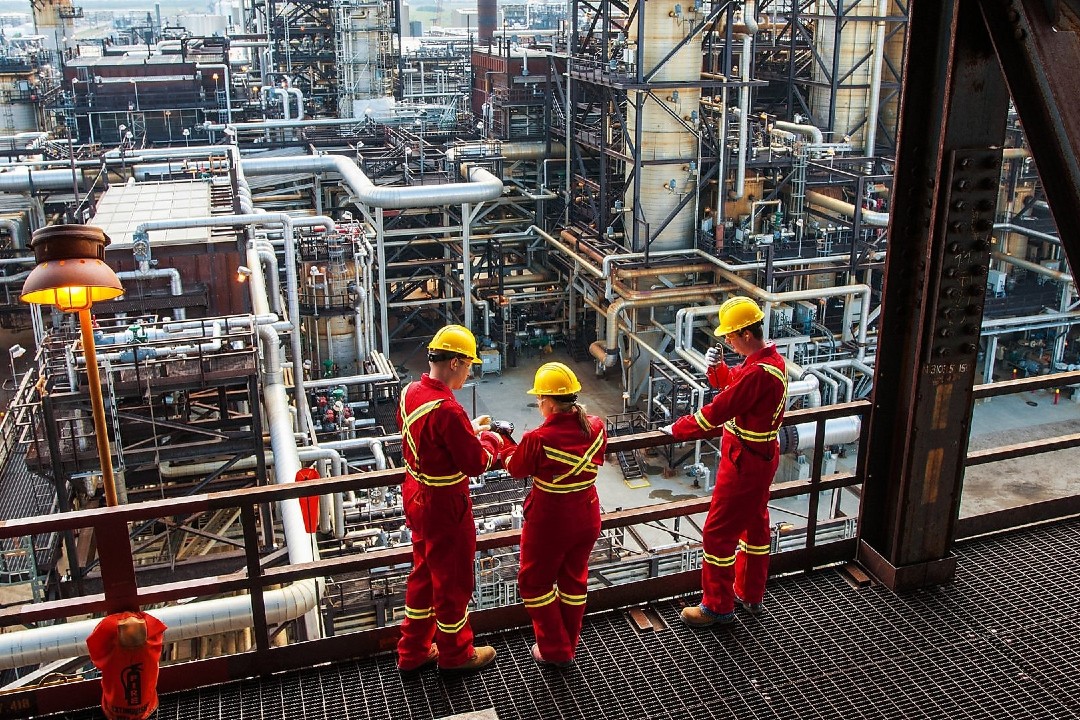Hydrogen Naturally is using a $3-million provincial grant to study its plan to build processing units that break waste from the forestry industry into hydrogen and carbon, allowing it to sell the former and capture and store the latter.
"We're trying to make sure that we have CO2 in the ground and hydrogen in use before 2030," Brett Jackson, the president of Hydrogen Naturally, told Taproot. "For every kilogram of hydrogen we would produce from this process, we're sequestering 20 kilograms of CO2. It's really a carbon-negative opportunity that you can't get anywhere else."
Jackson said the first processing unit – which will largely be pre-fabricated, though some assembly is required – will be co-located at an industrial facility in either Alberta's Industrial Heartland or the Foothills region in southwest Alberta. The $3 million feasibility study, allotted in the Technology, Innovation, and Emissions Reduction Regulation and disbursed by Emissions Reduction Alberta, will help Hydrogen Naturally decide on its first site.
Here's how the Hydrogen Naturally process works: The company sources waste fibres from the forestry industry, such as burnt timber or those discarded in manufacturing. It then gasifies these fibres in the units it's building, which separate pure hydrogen from CO2, capturing the carbon for storage and blending the hydrogen with natural gas for use at the co-located industrial facility. The carbon would then, ideally, enter the Alberta Carbon Trunk Line, if the unit is built in the Heartland, or at sites that would have acid gas disposal, or depleted natural gas reservoir disposal, Jackson said.
Hydrogen Naturally has trademarked the term Bright Green Hydrogen to describe the ratio of carbon offset and hydrogen production that its planned technology will offer. The conventional colour scale for hydrogen describes how hydrogen is made, with green denoting hydrogen that comes from renewable energy sources; grey hydrogen, which is the most common form, is made from fossil fuels. So if Hydrogen Naturally can produce such green hydrogen, why blend it with natural gas?
"If you're looking at power generation today, turbines can use up to a certain amount of hydrogen — not 100% hydrogen," he said. "If you could go to straight 100% hydrogen, that's great, but there are still other processes out there that are 100% natural gas. So, if you can blend it and not have to redevelop the technology or put in significant capital to go and use that blended component, you're still getting the net benefit of displacing natural gas."
While the hydrogen product is novel, the tech is already proven, Jackson said. "We're using a licensed gasification technology," he said. "A variant of this technology has already been put into commercial operation over in Denmark. It's been running for years, really reliably, using biomass."
The real innovation of Hydrogen Naturally, Jackson said, is creating a viable business model between industries. "There's not much for science going on here; it's basically how to put the commercial pieces together – that's really the challenge."

An industrial site in Alberta's Industrial Heartland, like this one, could be home to a processing unit from Hydrogen Naturally that separates hydrogen from forest waste, providing hydrogen to mix with natural gas and capturing its carbon. (Alberta's Industrial Heartland Association)
The co-location with industrial facilities, and choosing ones near forestry activity, is important to making the business model work, Jackson said. Moving hydrogen and forest waste is expensive; plus, industrial companies, such as natural gas plants, want a solution to emissions, not a problem to fix, he added.
"You really need to have these located at industrial facilities that are large enough to take the hydrogen right at the spot," Jackson said. "You use it right where you make it, and you use it in existing processes without major modifications required to use it. If you have to do new technologies, or you have to transport it a long ways, the economics fall off."
Jackson's team has decades of experience in industrial projects. He founded Cenairus, which manufactures and engineers steel, as well as Twin Projects Ltd., which builds gasification systems for uses such as hydrogen production. Three members of the company's leadership are part of North West Capital, which oversees the NWR Sturgeon Refinery.
"You have to really understand the fibre market, forest market, hydrogen market, the CO2 market, and the (carbon capture and storage) market. We have that all in house," Jackson said.
Critics of hydrogen's potential to be a green, cost-effective energy alternative are many. DeSmog, for example, just called Alberta's hydrogen strategy "a money-losing climate failure." Jackson said he's heard little, if any, detraction for Hydrogen Naturally, but he sees industries where critique resonates.
"The hydrogen and transportation market for highway transportation and heavy trucking, and even light vehicles, I do think that's a really tough, uphill battle," he said. "Moving hydrogen is not an easy process. It's an element that does not like to be stored. It likes to escape. It does not like to be transported."
Hydrogen being used to reduce carbon emissions in transportation in Alberta hit a snag this year, when the energy and vehicle company Nikola went bankrupt and packed up Alberta's first commercial hydrogen refuelling station in Nisku. Nikola's trucks, parts, and various equipment are now up for auction.
As for Hydrogen Naturally, Jackson said the company is also interested in using hydrogen to power data centres, which require a lot of Alberta's emissions-intense electricity. Plus, if the company co-locates with natural gas suppliers, its hydrogen could end up the homes of Albertans, if a recent bill from the United Conservative Party government reaches its target to blend hydrogen for utilities, Jackson said.
